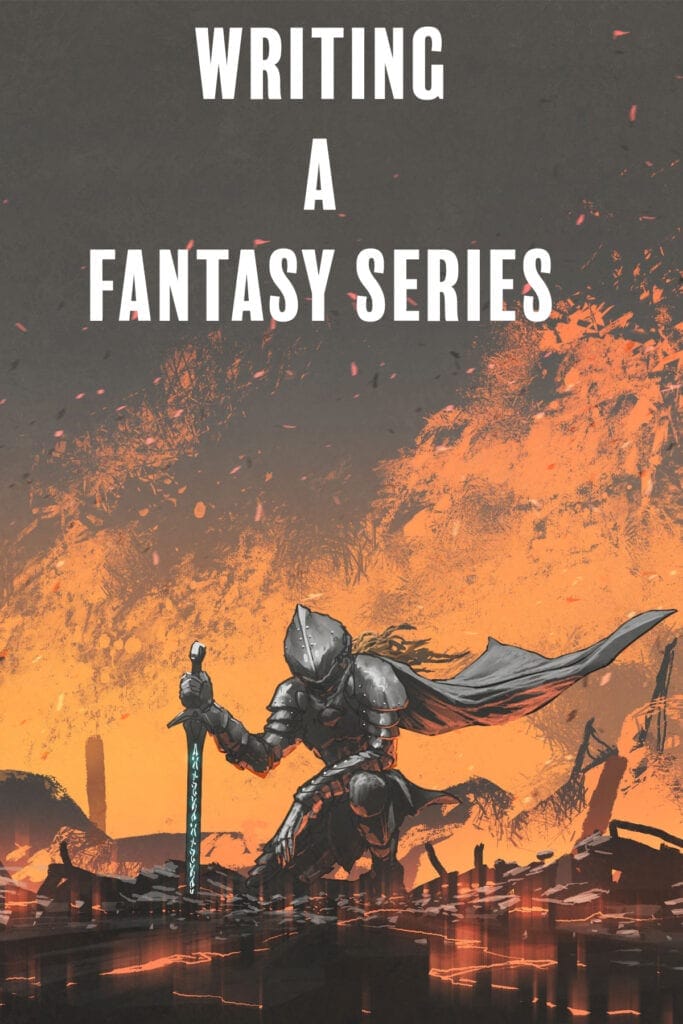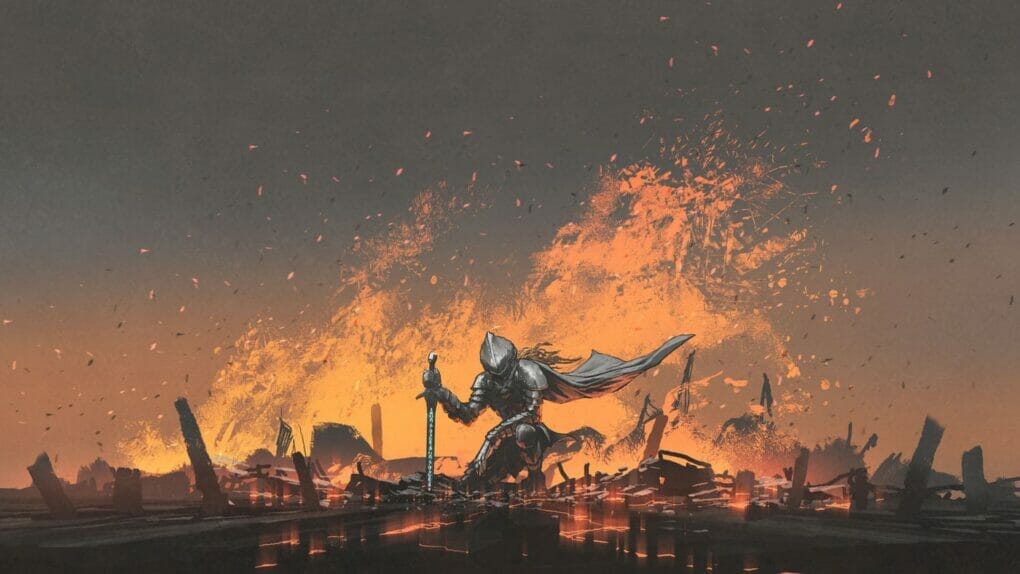
All the advice said writing a fantasy series is better than several standalone books. Despite, that, when I first started thinking about publishing, I had no intention of writing a series. I don’t remember why exactly. I think up until that point, I’d only ever written standalone books and wasn’t interested in a series. However, three standalone books took place in almost the same world. The stories demanded they be made into a series.
Right now, I have three fantasy series going on. You can check them out on my Book page. One is going to be four books and the other 2 will continue without a foreseeable end. If you’re planning on writing a series, here are a few things to think about.
How Many Books Will It Be
I thought my Merging Worlds Series was going to be three books. That was until book 2 turned out to be about 200,000 words. Way too long for one book. I split it into two stories which meant I was now creating a 4 book series. However, Book 1 said The Merging Worlds Trilogy. It was a pain to change the book cover so it no longer said trilogy. Before you published book one, have an idea of how long your series is going to run.
Decide on a Structure
On that note, will your series have one overarching plot or will the books be episodic? For instance, each book in my Other Investigator Series will be about a paranormal case the characters are solving. Readers can jump in the middle and enjoy the story. As of right now, there’s no overarching baddy they have to fight. The Merging Worlds Series is not like that. It’s not meant to be like that. I don’t do detailed outlines. But, I at least knew how this series would end when I started writing Book 1.
Create Your Own Wiki
For my Merging Worlds Series, I created a style sheet. It’s just a Word document full of important points about my story. If I describe a setting, I’ll copy that description and paste it into my style sheet. If there’s a plot point I need to remember, it goes in the style sheet. In Book 4 (my WIP), I’ve been calling one character Tanri until I checked my style sheet and realized I change their name to Karit.
It doesn’t have to be a Word document. You could use Evernote or WorldAnvil. I’ve been playing with their interactive map. At the beginning of my series journey, I had a world-building journal.

I use the Character Planner app for Android to keep track of character backstories and appearances.
Notes are important. By Book 3, you are not going to remember certain detail from Book 1. I have to check my notes often just to be reminded of character appearances.
You Need a Map
You know how much I love maps. I drew this and put it up o my wall as reference.

Understand POV
I’ve stopped reading some interesting sounding books because the author didn’t understand POV. The story would be in close third person told from one character’s perspective. But, without warning, we’d get the thoughts of another character. It’s called head-hopping. It can be done right but most cases of head-hopping are done by authors who didn’t seem to understand point-of-view. I don’t like head-hopping, in general, but some people don’t mind it. If you’re going to head-hop, research it. Read books that do it right.
On a similar note, understand that if you do a single POV in Book 1 and then switch to multiple POVs in Book 2, that’s going to be jarring for readers. You can do it, just know it may take readers a while to get into your story. Book 1 kind of sets the standard for the rest of your series. When readers come into Book 2, they expect the same structure as the first book in the series.
Know Fantasy Tropes and Cliches
I didn’t use to have an issue with chosen-one stories. Now, it’s done so often I skip them. I don’t want to read another book about a magical school. Similarly, one dark fantasy book was being vague about the villains. They sounded fairly interesting. Until I found out they were elves. Then I lost interest. I generally don’t mind reading about chosen-ones or elves but they’ve been done so often, I kinda just want to read about something else. If you’re diving into a well-used trope, figure out a way to make it unique.
If you’re writing a fantasy series, read a lot to get an idea of what readers expect when they come into your story. It’s okay to break the rules. Just do so with a general understanding of how readers will react.
It’s important to create a guide for your own book. Depending on the story, readers are okay with some loose string at the end of standalone books. At the end of a series, readers expect loose strings to either be tied up or at least addressed.
More Resources
5 Tips for Writing a Fantasy Series
How to Write a Series: 5 Fundamental Tips for Expanding Your Story




